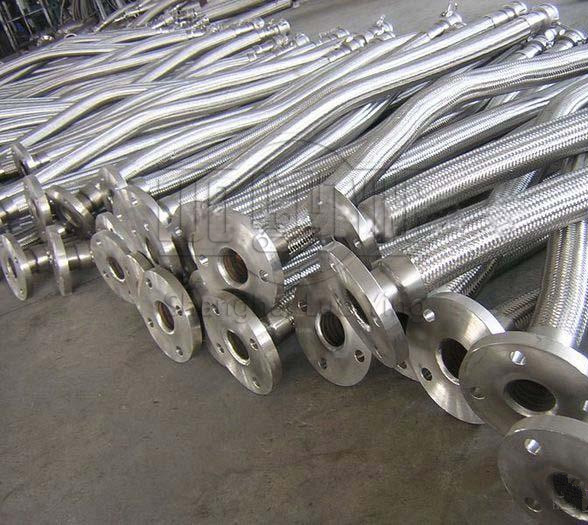Characteristics of 304 grooved metal hose in wastewater treatment.
Jul-23-24
Characteristics of 304 grooved metal hose in wastewater treatment.The 304 grooved metal hose is a commonly used component in wastewater treatment systems due to its unique characteristics and benefits. In this article, we will discuss the characteristics of the 304 grooved metal hose and why it is suitable for wastewater treatment applications.
First and foremost, the 304 grooved metal hose is highly resistant to corrosion. Wastewater treatment facilities often handle corrosive substances and chemicals, making corrosion resistance a critical characteristic. The 304 stainless steel material used in the hose is specifically chosen for its excellent resistance to corrosion, ensuring that it can withstand the harsh conditions in wastewater treatment systems without deteriorating or compromising its performance over time.
Another characteristic of the 304 grooved metal hose is its ability to handle high pressure. Wastewater treatment processes often involve significant pressure variations and fluctuations. The grooved design of the hose enhances its strength and flexibility, enabling it to withstand high-pressure environments without leaking or failing. This makes the hose a reliable choice for conveying wastewater under varying pressure conditions.
The flexibility of the 304 grooved metal hose is another notable characteristic. It can easily bend and adapt to changes in direction, making it suitable for installations that require flexibility and maneuverability. In wastewater treatment applications, where pipes and conduits need to be routed through tight and confined spaces, the flexibility of the hose allows for easier installation and reduces the need for additional fittings or connectors.
Furthermore, the 304 grooved metal hose is highly resistant to temperature extremes. Wastewater treatment systems often encounter temperature variations, including both hot and cold fluids. The 304 stainless steel material used in the hose can withstand a wide range of temperatures, making it suitable for applications where thermal changes are common. This ensures that the hose remains robust and dependable even in extreme temperature conditions.
The grooved design of the hose also contributes to its ease of installation. The grooves provide a secure connection between the hose and the fittings, ensuring a tight and leak-proof seal. This eliminates the need for additional clamps or couplings, simplifying the installation process and reducing the risk of potential leaks or failures.

In conclusion, the 304 grooved metal hose possesses several key characteristics that make it well-suited for wastewater treatment applications. Its corrosion resistance, ability to handle high pressure, flexibility, temperature resistance, ease of installation, and durability make it a reliable choice for conveying wastewater in this demanding environment. Choosing the appropriate hose material is essential for maintaining the efficiency and reliability of the wastewater treatment system. The 304 grooved metal hose, with its unique features, contributes to the overall effectiveness of the wastewater treatment process.

